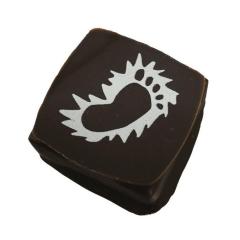-
Welcome to the eG Forums, a service of the eGullet Society for Culinary Arts & Letters. The Society is a 501(c)3 not-for-profit organization dedicated to the advancement of the culinary arts. These advertising-free forums are provided free of charge through donations from Society members. Anyone may read the forums, but to post you must create a free account.
Troubleshooting Tempering
-
Similar Content
-
- 20 replies
- 3,658 views
-
- 821 replies
- 169,021 views
-
Tempering Cocoa Butter? 1 2 3
By gfron1,
- 50 replies
- 37,043 views
-
- 0 replies
- 531 views
-
- 2 replies
- 3,091 views
-
-
Recently Browsing 0 members
- No registered users viewing this page.





Recommended Posts